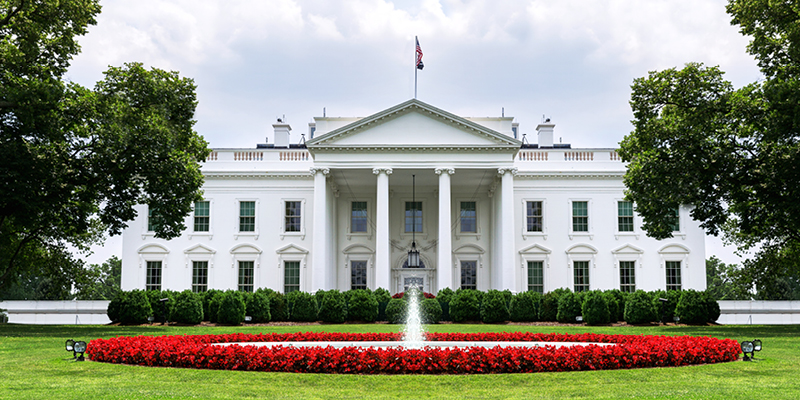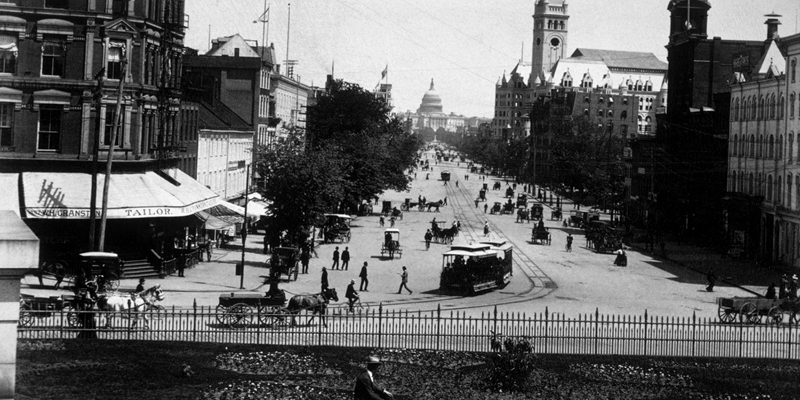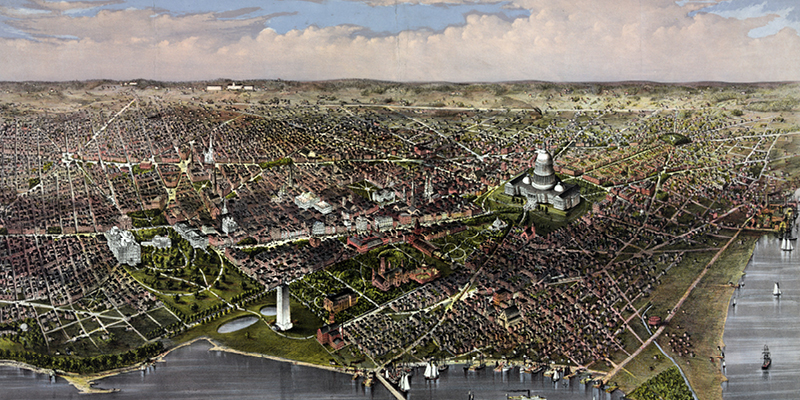Planning A City, Planning a Nation
With President’s Day right around the corner, many of us begin to picture the iconic White House and capital city of Washington, DC. Here at WHA, we can relate the White House to our own industry of architecture and design. Along with that, the city of Washington D.C. is a master-planned community, a subject that WHA has extensive experience with.

The White house was designed in the 1790s as the official home for the U.S. President by Irish-born architect James Hoban. It is designed in the neoclassic style with elements charactered by an authentic classical style, adapted to modern purposes. The style is defined by simple geometry, symmetry, and functionality. Over the centuries, there have been many architectural updates such as adding terrace-pavilions, the rose garden, the South and North Porticoes, an interior library, additional dining rooms, a movie theater, a third floor, the East and West Wing, as well as many other renovations. As trends in architecture have changed, the architecture of the White House has followed. The White House stands as a reflection of the nation’s history and serves as a worldwide symbol of the American Republic.

As for the city of Washington D.C., in 1791 Pierre L’Enfant set out to create a “magnificent city, worthy of the nation, free of its colonial origins, and bold in its assertion of a new identity.” His design proposed an orthogonal, gridded network of streets that would visually and geographically connect key civic buildings and spaces through diagonal avenues. In 1893, the Congressionally legislated Permanent System of Highways was installed to create and orderly framework that expanded on L’Enfant’s developments. Then in 1902, the Senate Park Commission was established to restore the grandeur of L’Enfant’s original vision with the McMillan Plan, whose Beaux-Arts standards influenced American style for public buildings across the country. This commission involved updating the city’s architecture of federal buildings and public spaces within the park system.
Since 1926, the National Capital Park and Planning Commission (NCPPC) has overseen all elements of Washington D.C.’s city and regional planning. This includes land use, major thoroughfares, systems of parks, parkways, and recreation, mass transportation, housing reform, commercial and industrial development, and community facilities.

The city of Washington D.C. and the White House have a long and complicated history. Through architecture, design, and planning the city has developed into a thriving pinnacle community that continues to adapt and develop.
Historical Timeline of Washington D.C. City Planning: https://www.ncpc.gov/about/history/




Leave a Reply